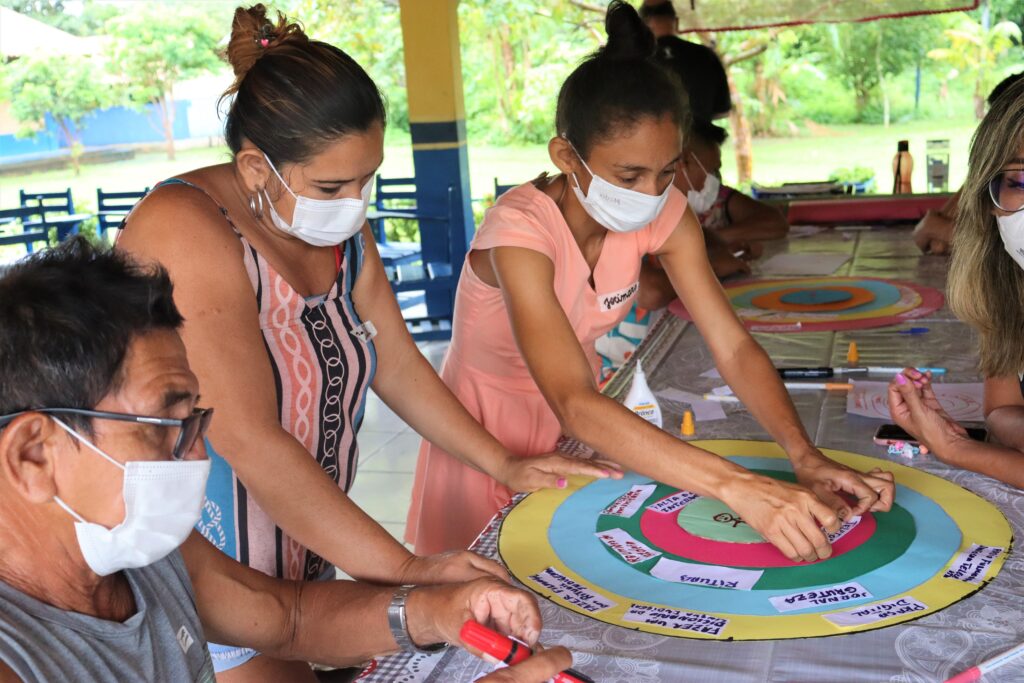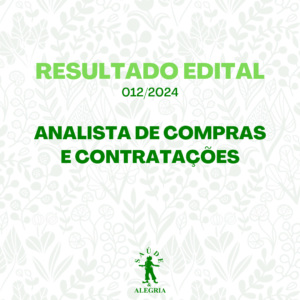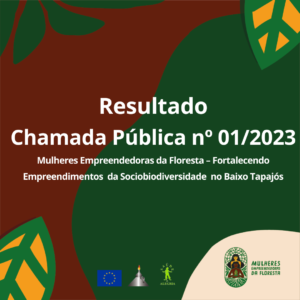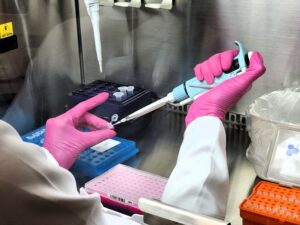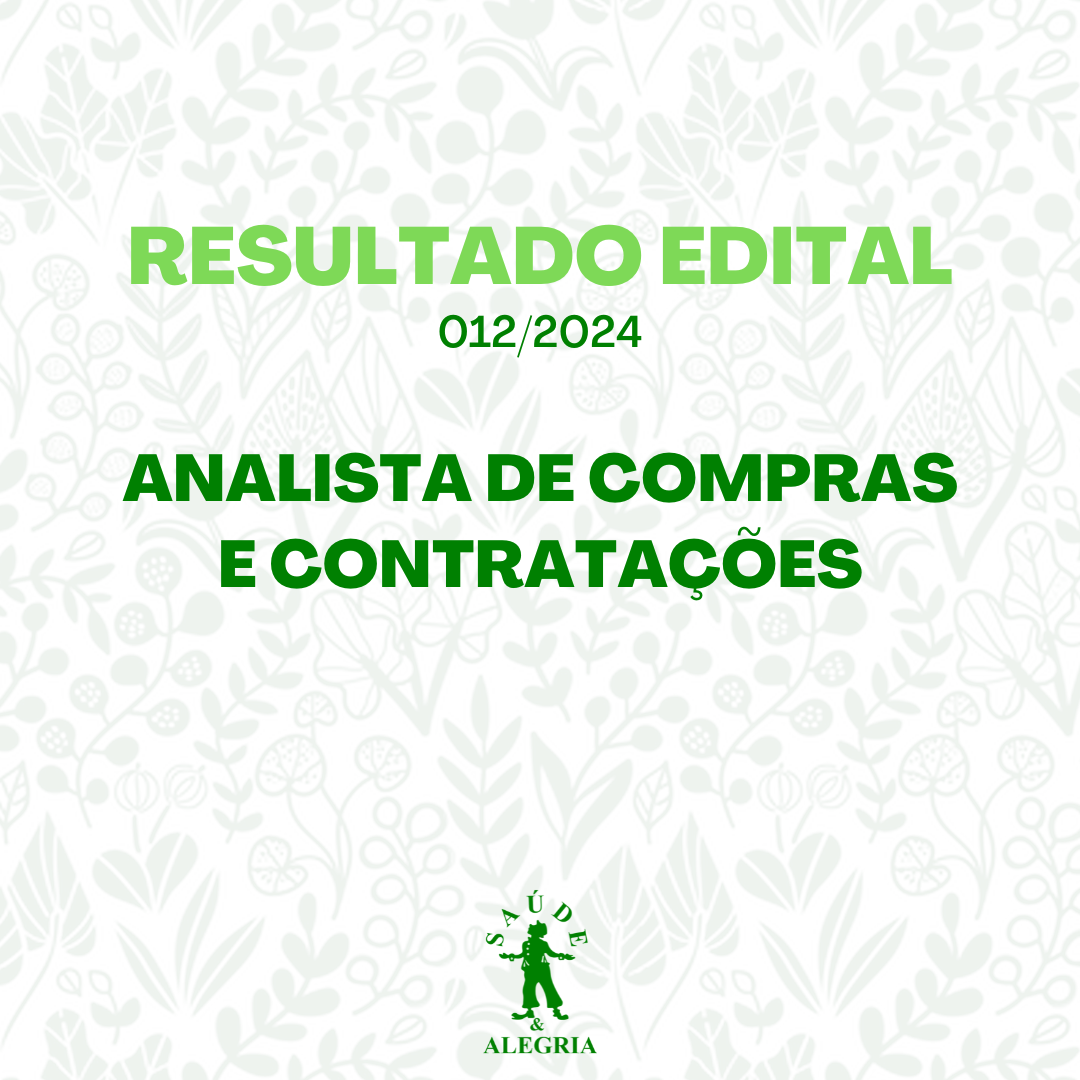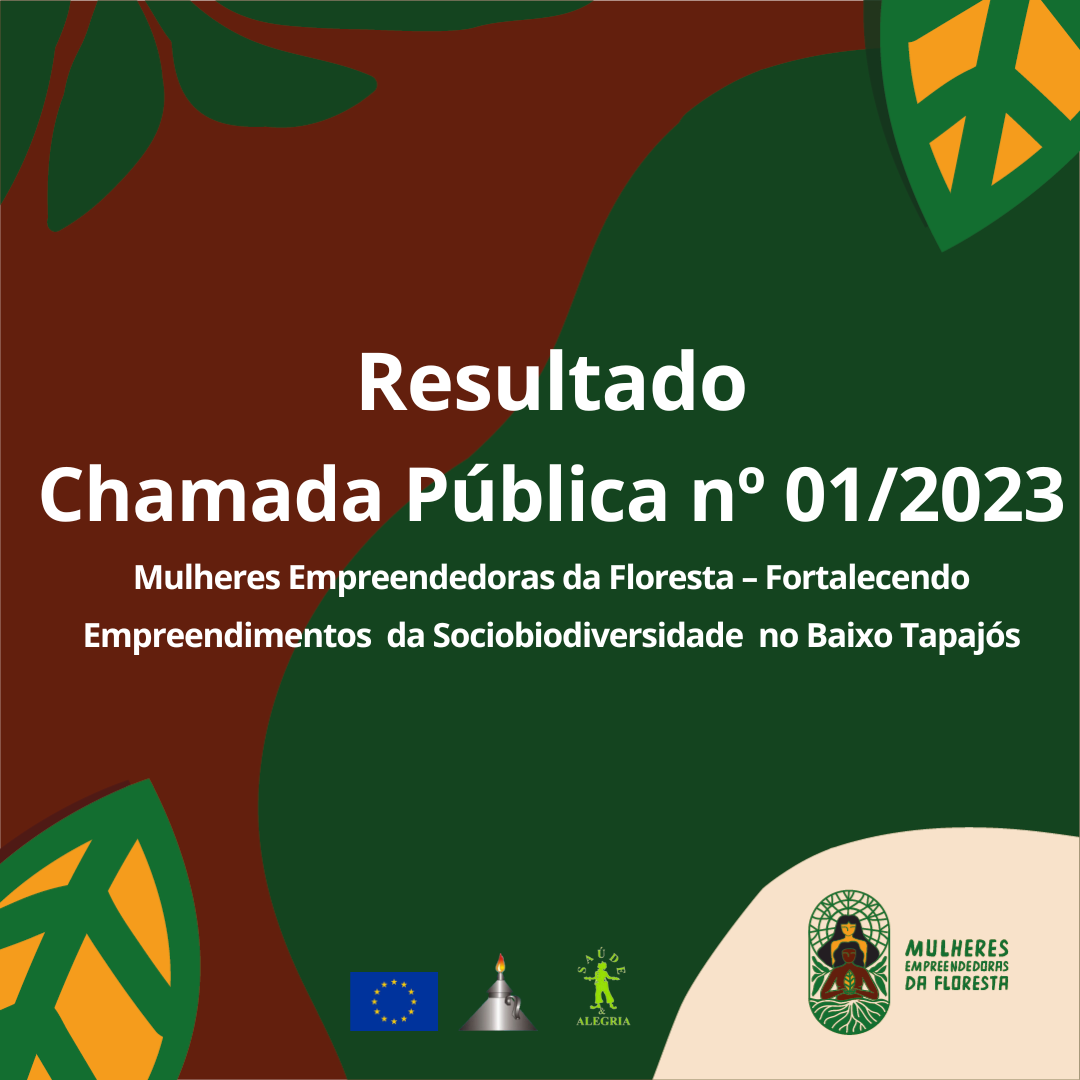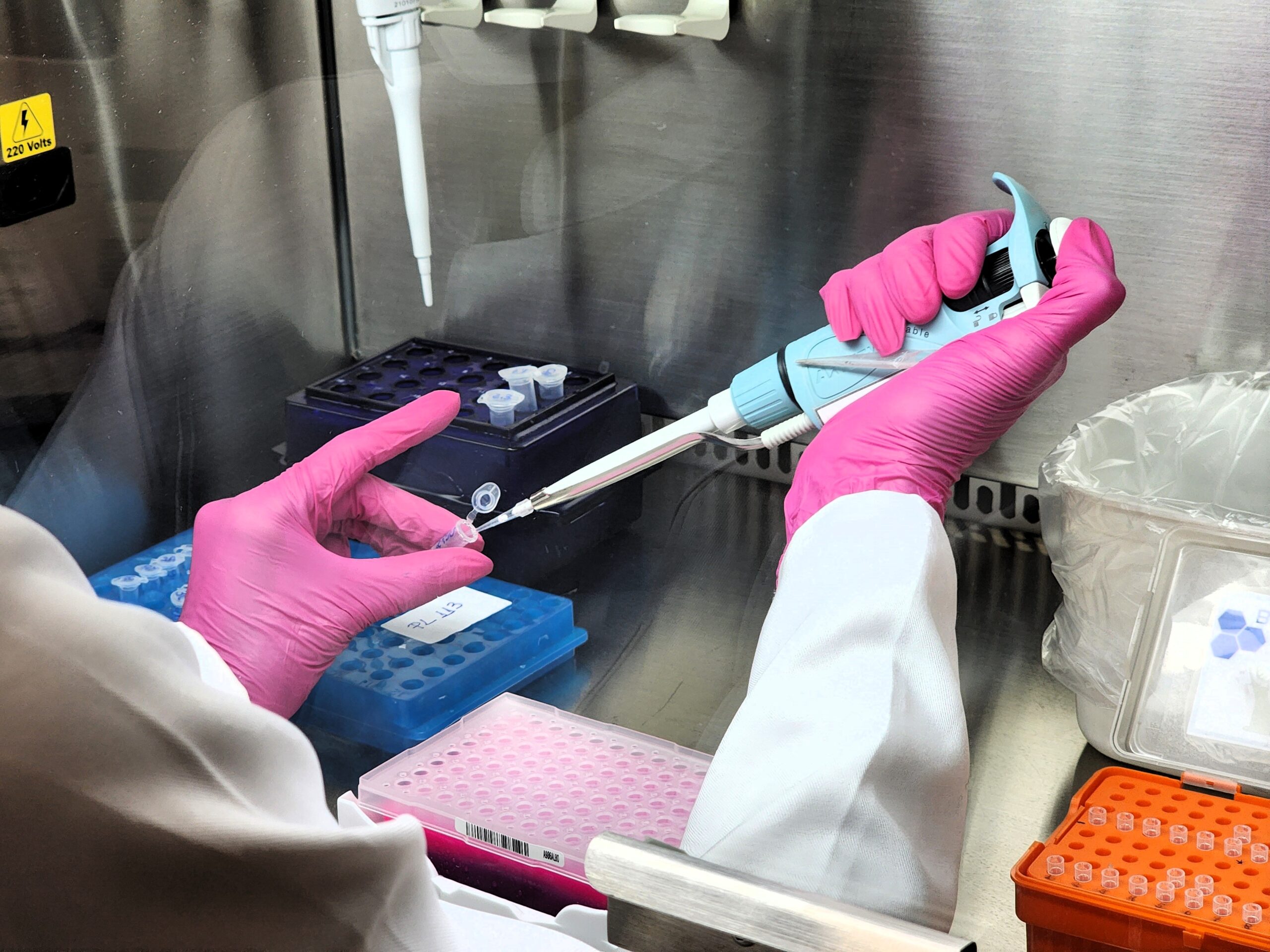Each of the seven member organizations of the School of Community Networks (Pará, Amazonas and Acre) will receive the immersion activities. The initiative is part of the Connecting the Disconnected project, which in Brazil is carried out by Saúde e Alegria and encompasses five countries coordinated by the Association for Progressive Communications;
Last Saturday (February 19th), the field actions of the School of Community Networks started. The first organization to be visited by the technicians was the Solimões village, located in the Tapajós Arapiuns Extractive Reserve. The methodology used in the meeting involved participative dynamics, where the participants (students, school management commission, and leaders) could talk about their territories, their strengths, challenges, and dreams. From the answers, mandalas were produced with the synthesis of each question.
“This project seeks to strengthen communication initiatives such as community radios, telecenters, and public and free internet access points in the communities for a better and more qualified use for health, education, and family agriculture. It indicates an accumulation of experiences of PSA, where these communities will exchange with other institutions that integrate the project in the Amazon. This project is part of an initiative executed in five countries, supported by the Association for Progressive Communications” – clarified PSA’s coordinator, Paulo Lima.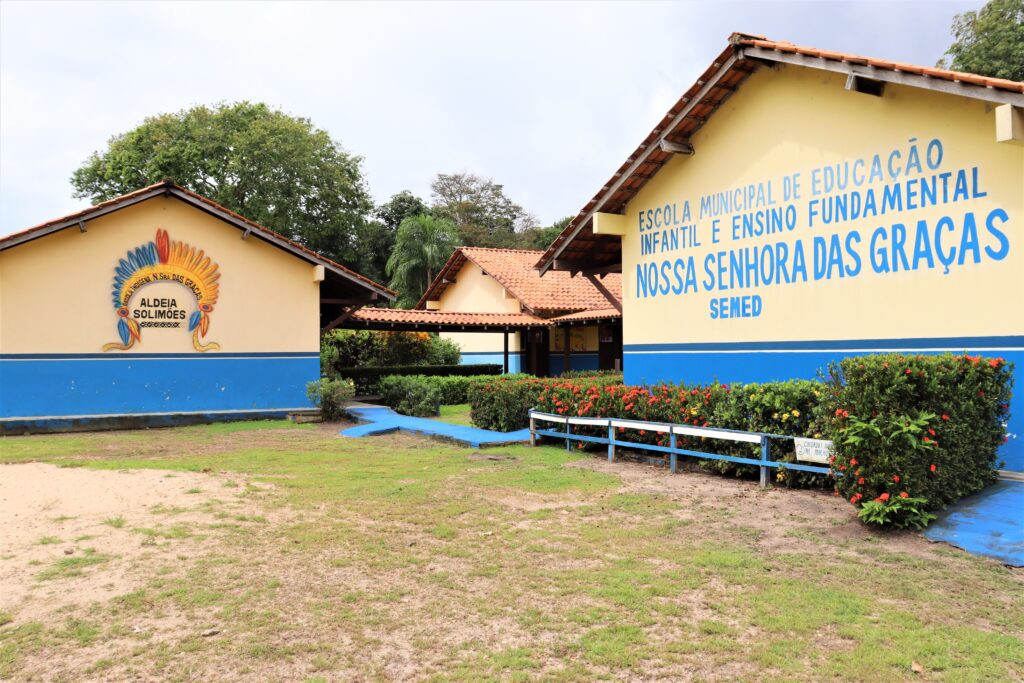
The Nossa Senhora das Graças School, from the Solimões Village, is one of the seven organizations integrating the School of Community Networks in the Amazon. Photos: Samela Bonfim/PSA.The objective of the project “Connecting the Disconnected”, of which the school is the pillar for formation and training, is to seek to connect disconnected communities through the development of models, capacities and forms of sustainability for populations with a focus on technical assistance, training, advice for advocacy and community mobilization.
Through the collective creation methodology, a collective mapping of important themes is being made to strengthen the community networks involved. The students in the first class will start participating in the meetings between June and December 2022.
The Solimões village, with 55 families and 185 inhabitants, is home to the Nossa Senhora das Graças Indigenous School of the Solimões Village, which offers kindergarten through ninth grade and indigenous modular education. For the unit’s manager, Aurenice Fernandes, joining the initiative represents the opportunity to fulfill an old dream of the residents: “Our dream today is to have a community radio station. We have several young people who have already worked with them in other communities. Our expectation is that this project will make our dream come true.”
This is also the objective of the students who will represent the project, strengthening the communication experiences within the village. “I was very happy to be invited. We can learn a lot and bring joy and knowledge to our village. We have worked with newspapers for a long time and now we have this perspective of getting the community radio” – Jardson Assunção said.
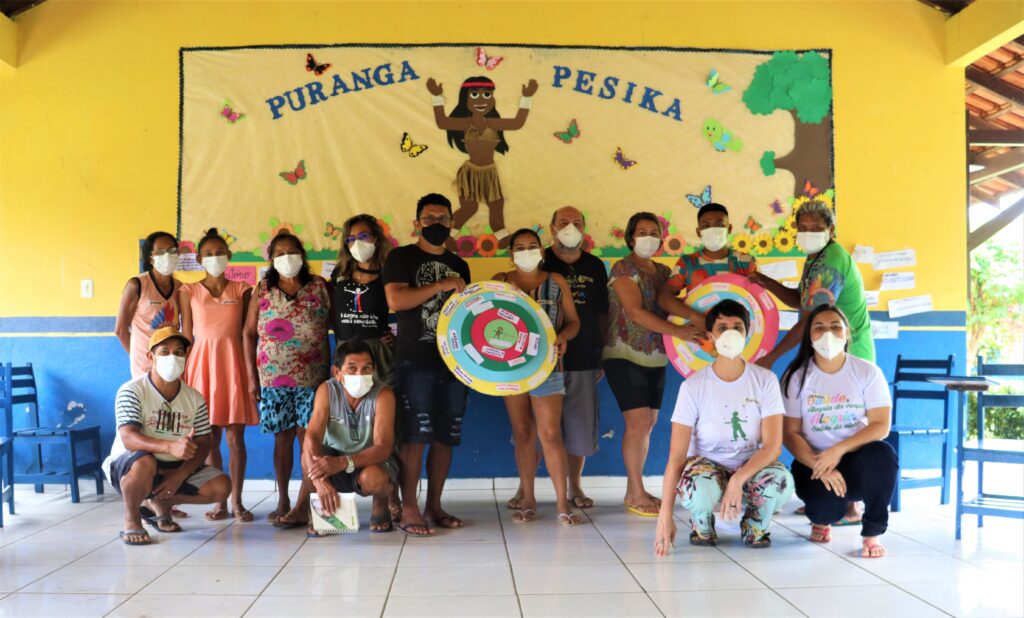
“We are waiting for the classes to start. Through this project, we are now closer to making our dream come true. We are very happy” – Varley Cardoso.
The School of Community Networks of the Amazon
The school is part of the global initiative “Connecting the Disconnected”, promoted by the organizations APC and Rhizomatica and executed in Brazil by the Projeto Saúde e Alegria.
The school will have 21 students in three states of the Legal Amazon (Acre, Amazonas, and Pará). Classes will start in June 2022, based on thematic contents collectively designed to strengthen the community networks involved.
The selected communities that have members who will take part in the training are: in Pará, the projects Ciência Cidadã in the Aldeia Solimões and Guardiöes do Bem Viver in PAE Lago Grande – both in the municipality of Santarém – and the Rede Águas do Cuidar/ Casa Preta in the Ilha de Caratateua, greater Belém. In the state of Amazonas, the Marajaí Village, municipality of Alvarães – Middle Solimões; the Formigueiro Group of Vila de Lindóia in Itacoatiara; and the Wayuri Network in São Gabriel da Cachoeira. In Acre, the Puyanawa Village in Mâncio Lima.
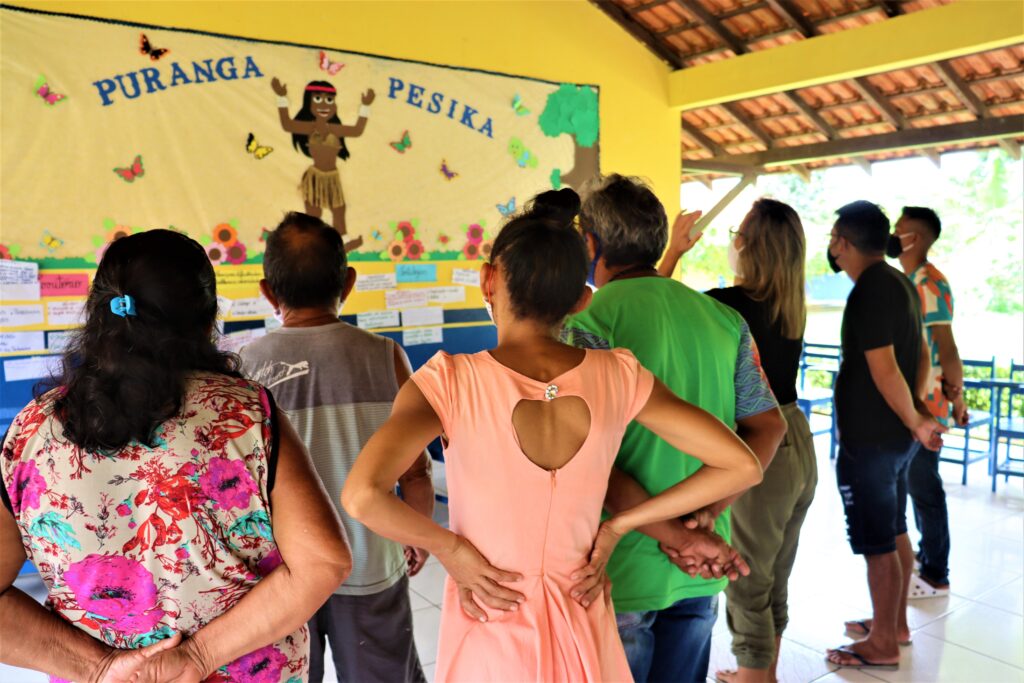
The board of experts is formed by Beatriz Tibiriçá (General Coordinator, Coletivo Digital), Georgia Nicolau (Director of Projects and Partnerships Pró Comum), Jader Gama (Researcher – UFPA), Doriedson Almeida (Professor – UFOPA), Karina Yamamoto (Researcher – USP and Jeduca), Guilherme Gitahy de Figueiredo (Professor UEA – Tefé – AM) and Carlos Afonso (Executive Director – NUPEF Institute).
What are Community Networks?
The Community Networks are groups organized to fulfill collective dreams for the territory, where they share knowledge and express the desire to conquer the right to use the Internet, to access technologies for social participation, to participate in community radio stations, and in communication training processes.
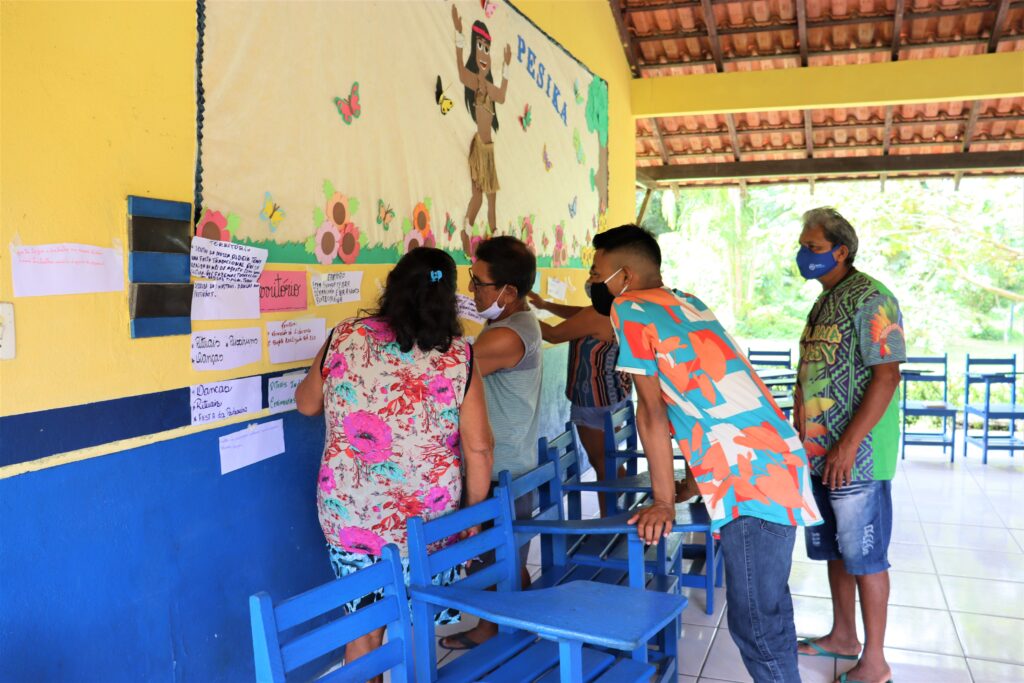 One of the pillars of a community network is the shared management process in which a group of people organize themselves to discuss and articulate actions around their needs, quality of life, and well-being. In this process of social empowerment and autonomy, the community organizations and associations seek ways to integrate the members of the network by bringing access to information and/or technology into the community.
One of the pillars of a community network is the shared management process in which a group of people organize themselves to discuss and articulate actions around their needs, quality of life, and well-being. In this process of social empowerment and autonomy, the community organizations and associations seek ways to integrate the members of the network by bringing access to information and/or technology into the community.
Created as a democratic space, the Community Networks start from the principle of respect for the freedom and neutrality of the network. With a dynamic of active participation of its members, they operate with or without support from third sector entities, aiming at a collective property.
Although the network enables the strengthening of local experiences, promotes spaces of sociability, environmental engagement and access to information in participatory processes, there are still many challenges in the implementation of community networks. Among them:
LEGAL ISSUE: need for the institution of law and new incentives that legalize community networks.****
ENERGY: Riverside communities suffer from the difficulty of access to energy, which hinders the use of the internet and community radios. There is a need for the installation of solar energy systems.
DIGITAL EXCLUSION: many networks are located in areas of difficult access, where internet connection is precarious.

